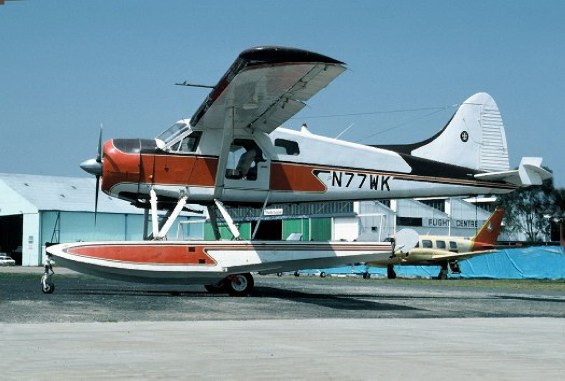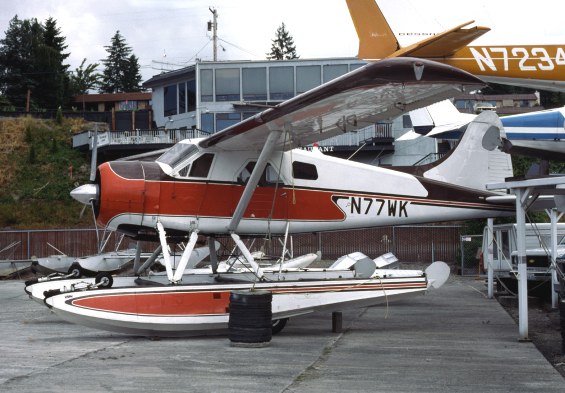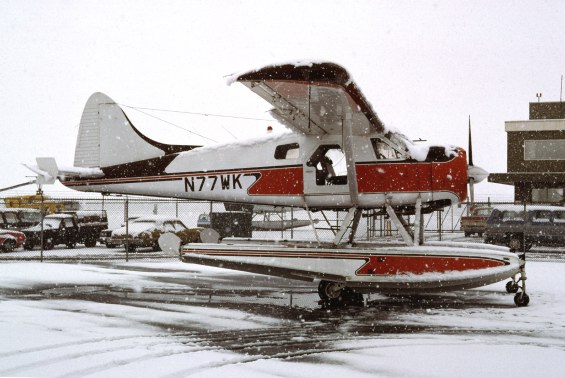|
245
|
|
|
ZK-BVA at Gisborne home base.
|
|
|
Photo: Wayne Grant © 04 June 2021 - John Mounce Collection
|
|
|
ZK-BVA at Taumarunui.
|
|
 |
|
|
Photo: Aaron Murphy © 17 October 2020
|
|
|
ZK-BVA flying from Tangihanga strip.
|
|
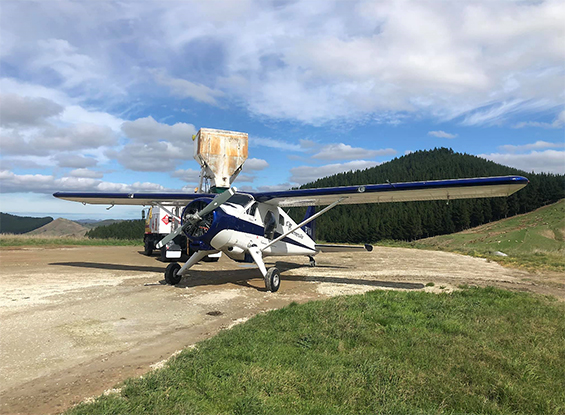 |
|
 |
|
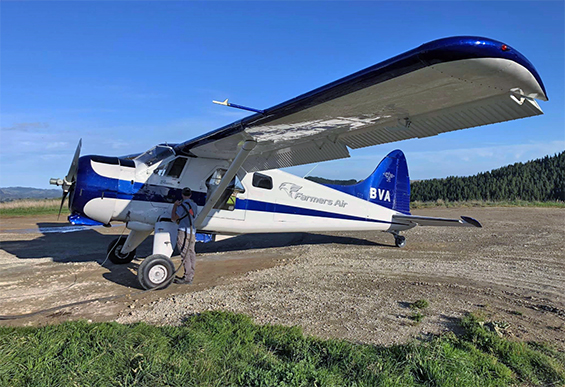 |
|
 |
|
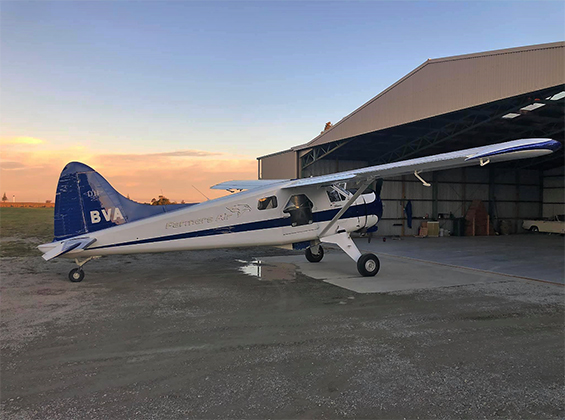 |
|
|
Photos: Via Andrew Hogarth © 10 April 2020
|
|
|
ZK-BVA newly registered at Gisborne, New Zealand.
|
|
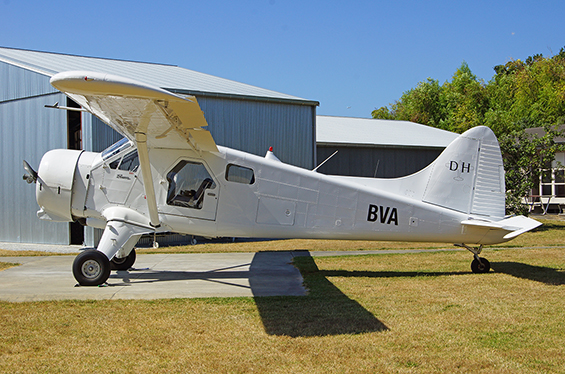 |
|
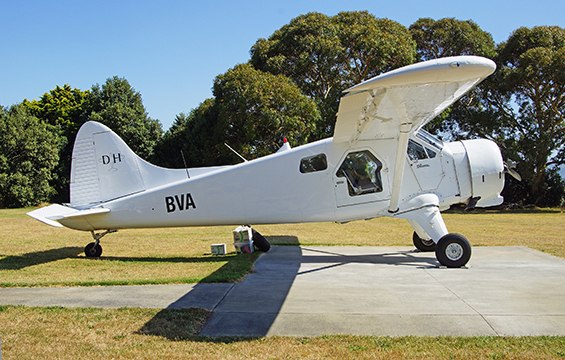 |
|
|
Photos: Graeme D. Mills © 01 February 2019
|
|
|
VH-BVA at Gisborne, New Zealand.
|
|
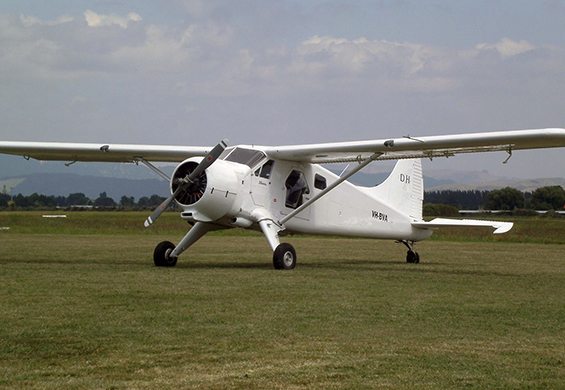 |
|
|
Photo: Phil Goodman © 19 January 2019
|
|
|
VH-BVA at Albury for pre-delivery work.
|
|
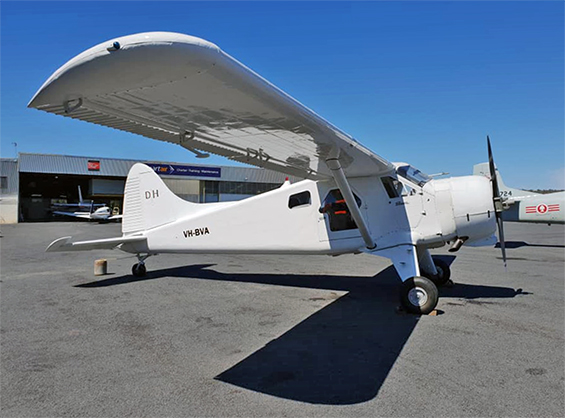 |
|
|
Photo: Michael Greenhill © 18 November 2018
|
|
|
VH-BVA at Mudgee airshow.
|
|
 |
|
 |
|
|
Photos: Andrew Kennedy © 24 April 2016
|
|
|
VH-BVA the good work continues at Gunnedah.
|
|
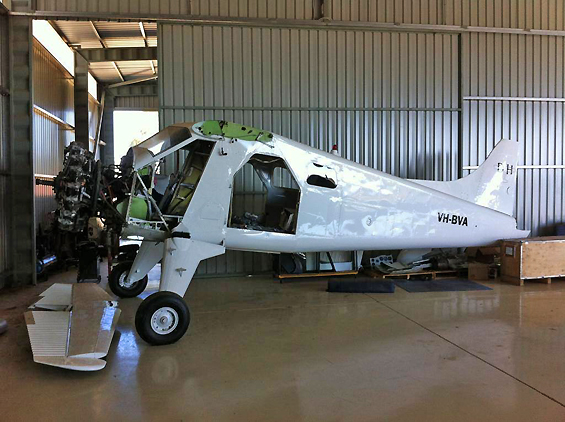 |
|
|
Photo: Breck Presnell © October 2014 - via Michael Greenhill
|
|
|
VH-BVA at Whitehaven Beach in new livery.
Used my best image for the 2006 DHC-2.COM Calendar! |
|
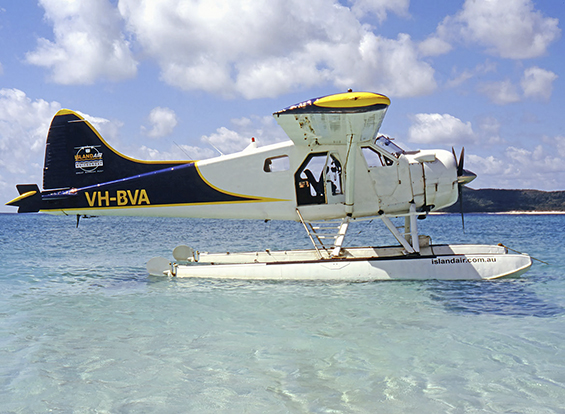 |
|
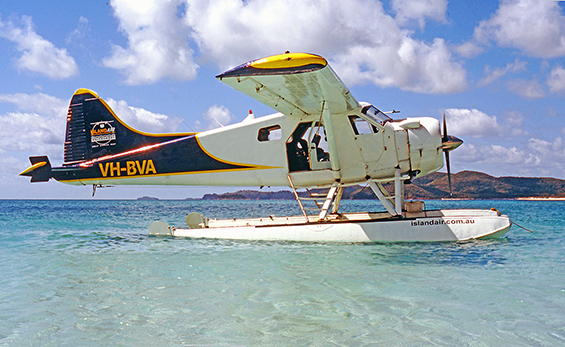 |
|
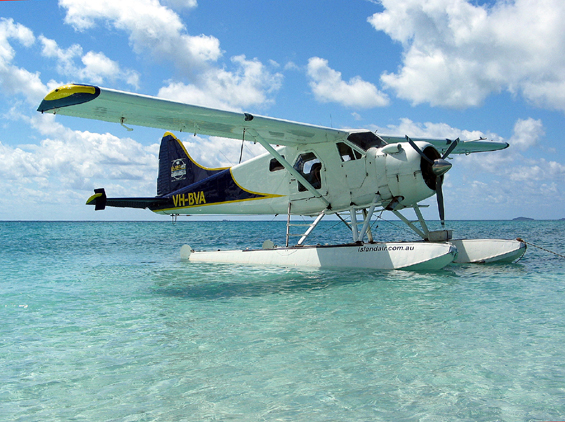 |
|
|
Photos: Neil Aird © 01 May 2005
|
|
|
VH-BVA of Island Air leaving home base at Hamilton Island.
|
|
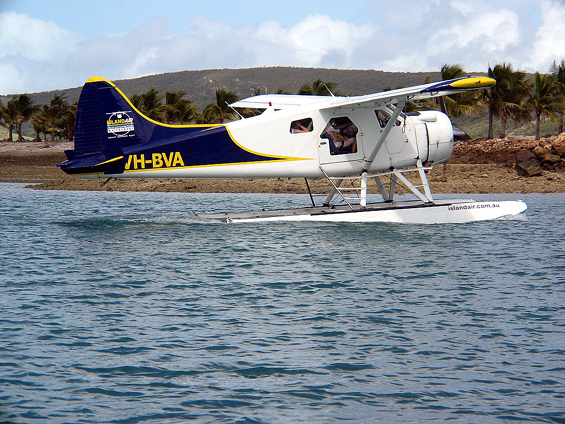 |
|
|
Photo: Neil Aird © 29 April 2005
|
|
|
VH-BVA at Whitehaven Beach, Queensland.
|
|
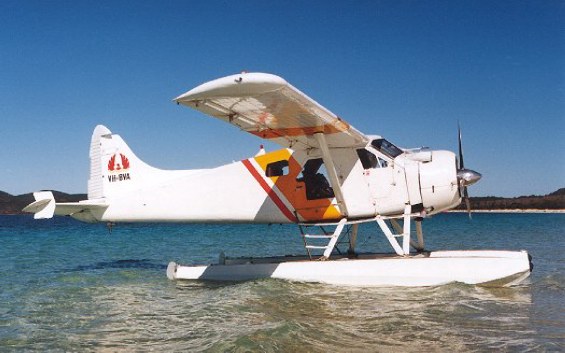 |
|
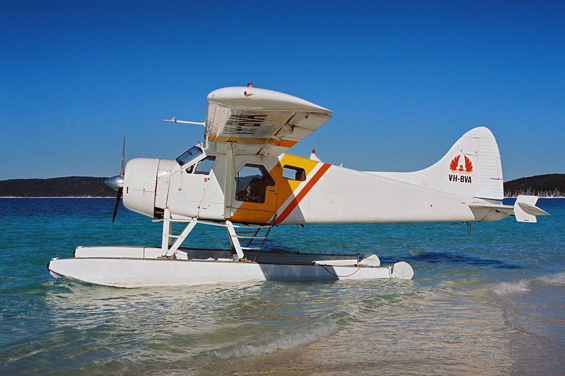 |
|
|
Photos: Lenn Bayliss © August 2000
|
|
|
VH-BVA at Hamilton Island, Queensland.
|
|
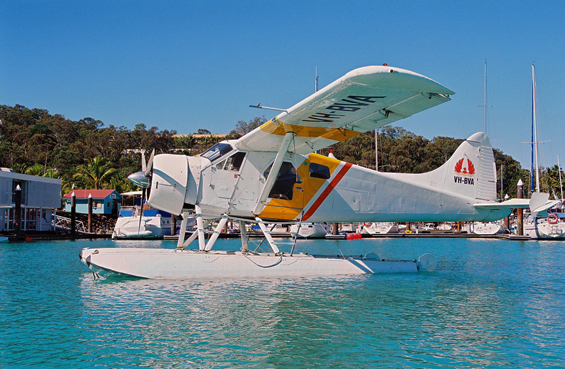 |
|
|
Photo: Lenn Bayliss © August 2000
|
|
|
VH-BVA at Hamilton Island, with minimal paint chages!
|
|
 |
|
|
Photo: Unknown photographer © September 1994 - Michael J. Ody Collection
|
|
|
N77WK at Bankstown, New South Wales, Australia.
|
|
|
Photo: Lenn Bayliss © 1992
|
|
|
N77WK at Cairns, Queensland.
|
|
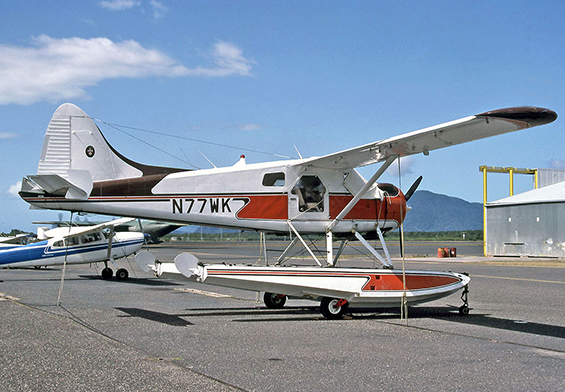 |
|
|
Photo: Geoff Goodall © July 1991
|
|
|
N77WK visits Maitland - YMND, NSW.
|
|
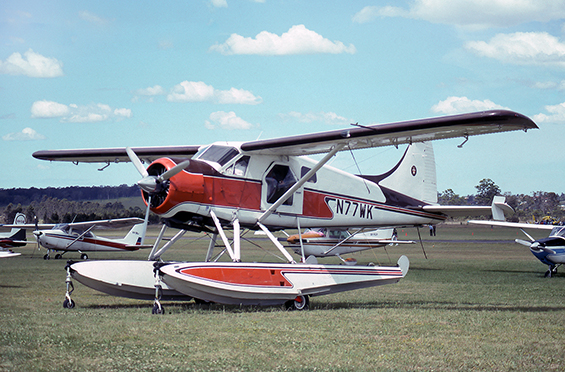 |
|
|
Photo: Alan Flett © October 1990 - Aird Archives
|
|
|
N77WK caught at Kenmore, WA.
|
|
|
Photo: Glen Etchells © July 1989 - Kenneth I. Swartz Collection
|
|
|
N77WK in a Vancouver stowstorm.
|
|
|
Photo: John Kimberley © March 1989 - Aird Archives
|
|
|
|
|
Accident: Chance Bay, Whitsunday Island. 19-Oct-2002. The pilot of the de Havilland Beaver floatplane registered VH-BVA was conducting a charter positioning flight from Hamilton Island Marina to Chance Bay, Whitsunday Island. He had landed at Chance Bay seven times in the previous two days. Weather conditions in the area were good. At 17:00 Eastern Standard Time the Hamilton Island automatic weather station recorded a 7 - 10 knot wind from the northwest. Witnesses in Chance Bay said that the surface wind in the bay was 2 - 5 knots. The water surface in Chance Bay was smooth, but not glassy. The pilot said that he commenced a straight-in approach to Chance Bay but elected to go around due to the increased number of vessels moored in the bay since the previous flight. He flew a left circuit at 500 feet and assessed that the area for landing was adequate. He said that on final approach, the flight path was higher than he would have preferred. His intention was to touchdown before passing abeam the vessels. He recalled that the floatplane speed shortly before touchdown was about 80 knots, rather than the target speed of 70 knots. He said that his response at this time was consistent with flying a landplane in that he reduced the back pressure on the control column and allowed the floatplane to contact the water at a lower nose attitude, and at a higher speed, than was ideal. Upon touchdown, the floatplane yawed sharply left 50 - 60 degrees and headed directly towards the anchored ketch 'Seark', about 300 m away. The pilot said that the water rudders (at the rear of each float) were retracted, so all the yaw control he had available was via the conventional aerodynamic rudder. As the aircraft yawed, it felt as though the rudder was stuck at full left deflection, but he thought that this was due to hydrodynamic drag. When the floatplane was an estimated 100 m from the 'Seark', it swung right so that it was heading slightly to the east side of the 'Seark'. However, the outer portion of the floatplane's left wing subsequently collided with the rear mast of the 'Seark'. A video recording of the event showed that the floatplane touched down with a lower nose attitude than was ideal. It also showed that the left float touched the water first. The sharp left yaw followed immediately. The aircraft became airborne momentarily, shortly after initial touchdown. The left wing of the floatplane and the rear mast of the ketch were substantially damaged. There were no injuries to the pilot or the three occupants of the ketch. Investigation record 200204857. |

